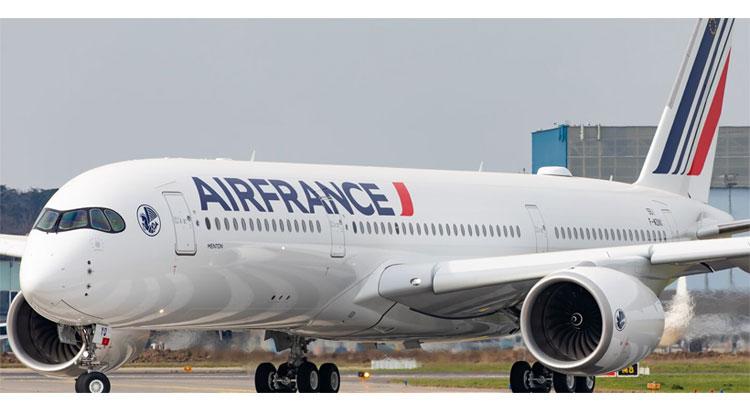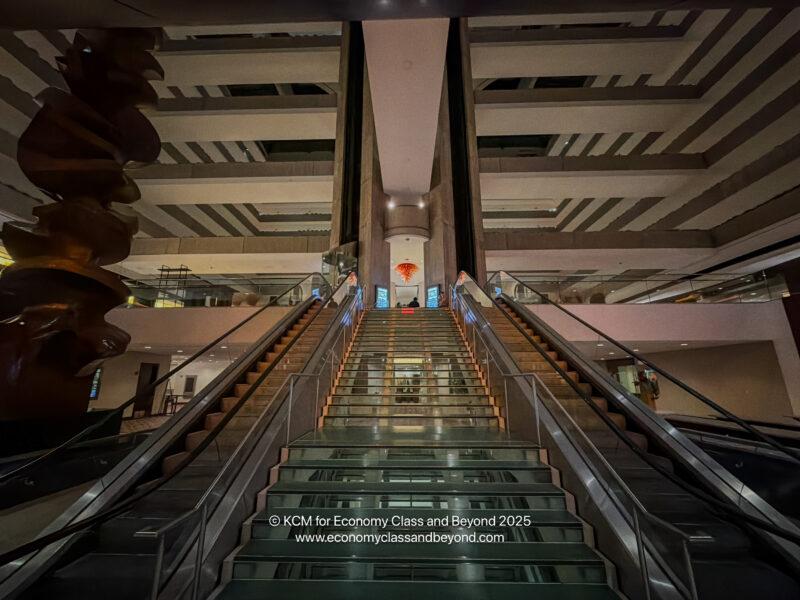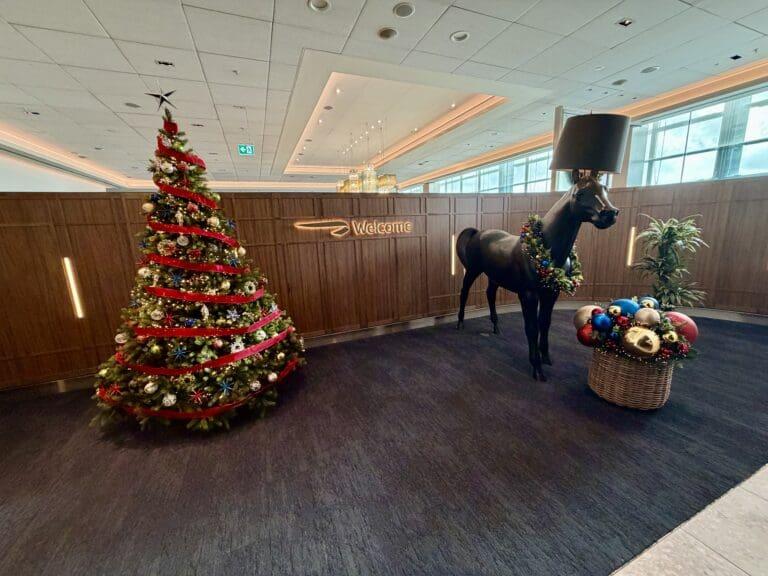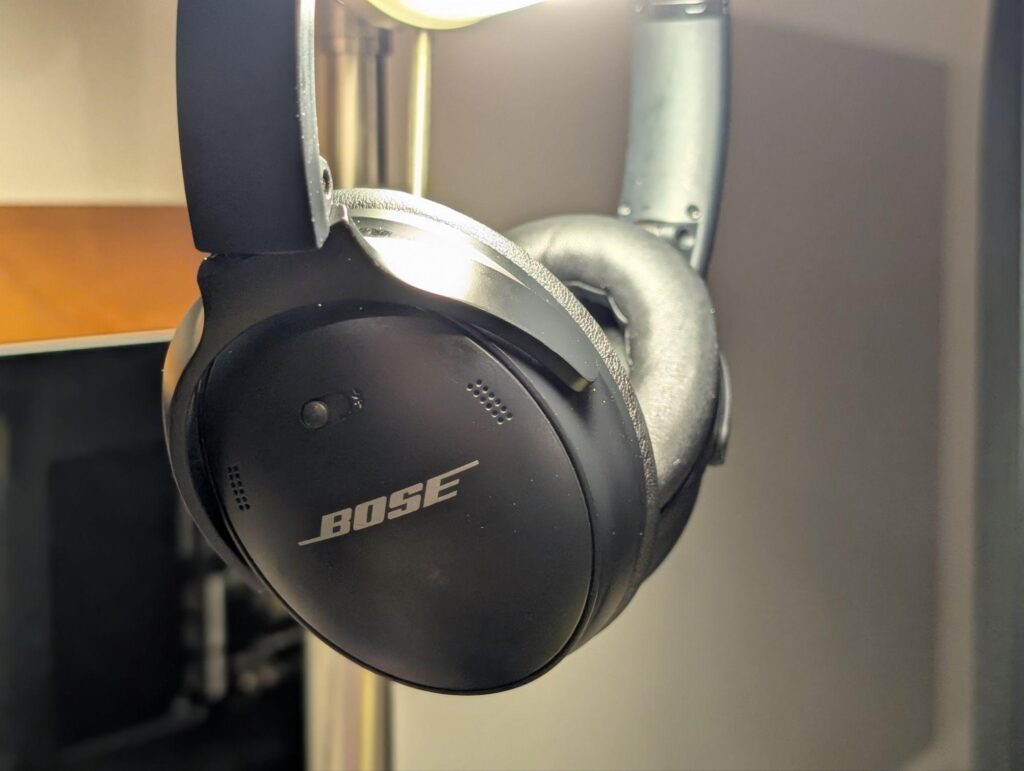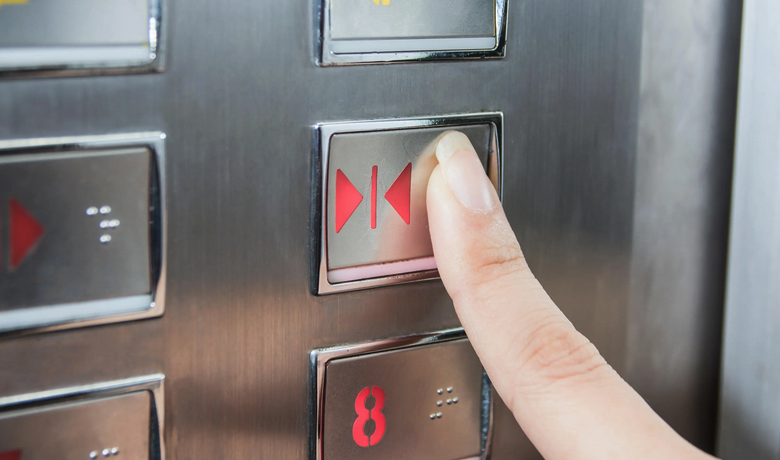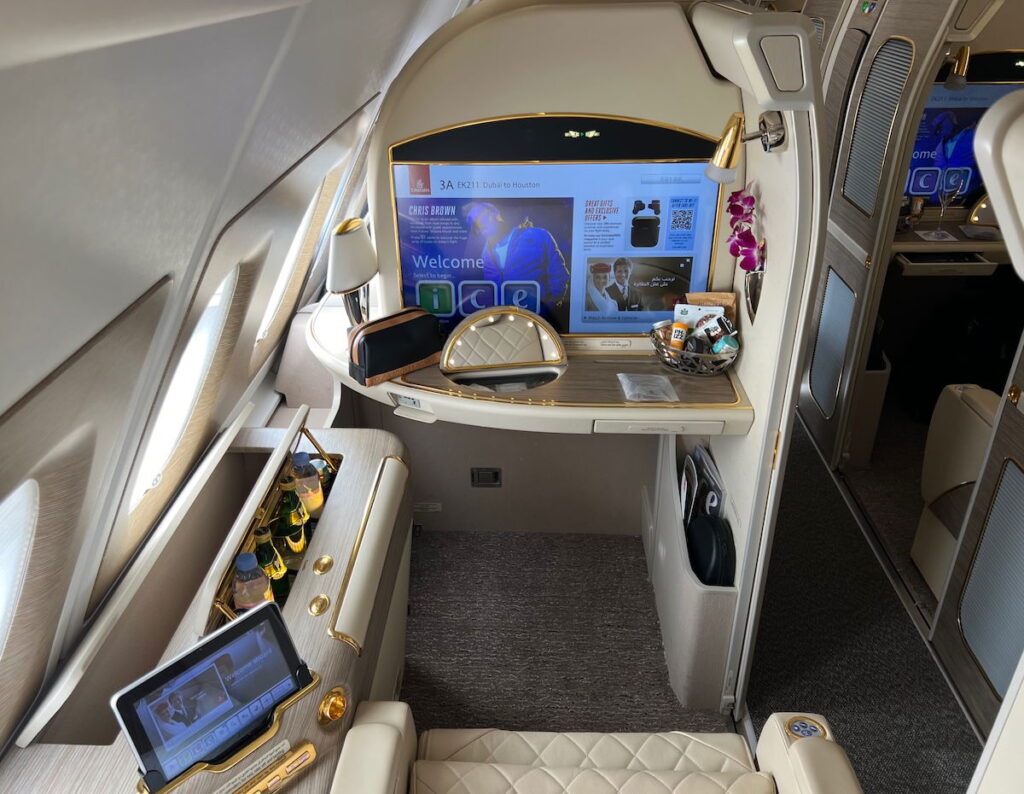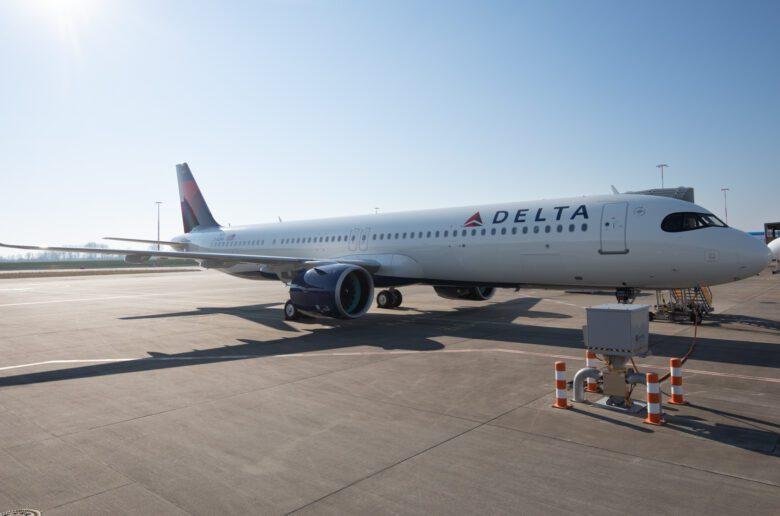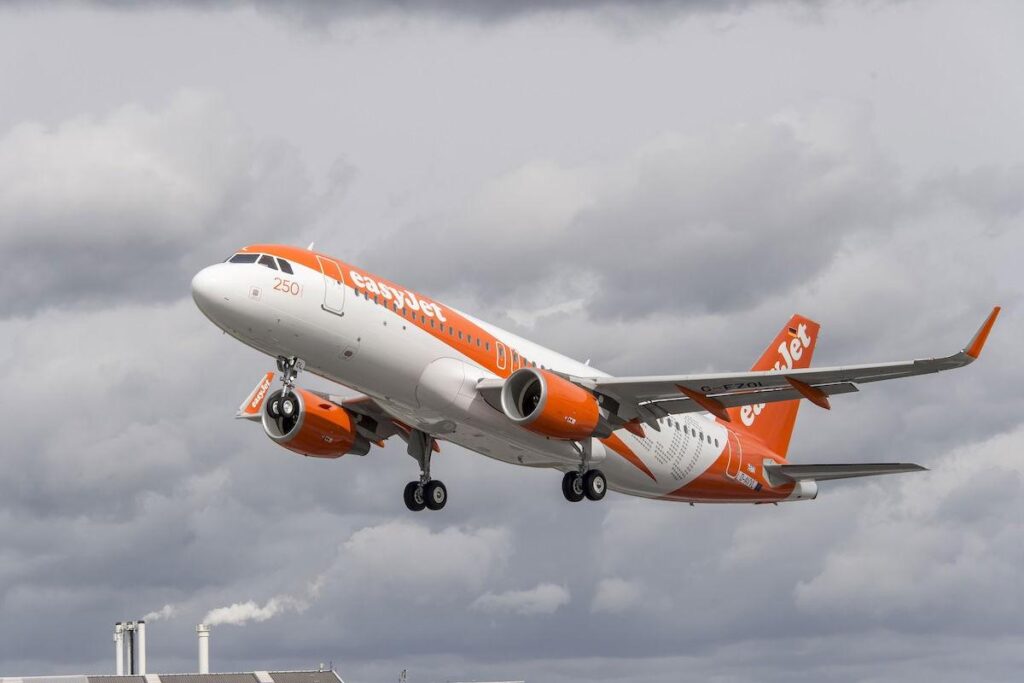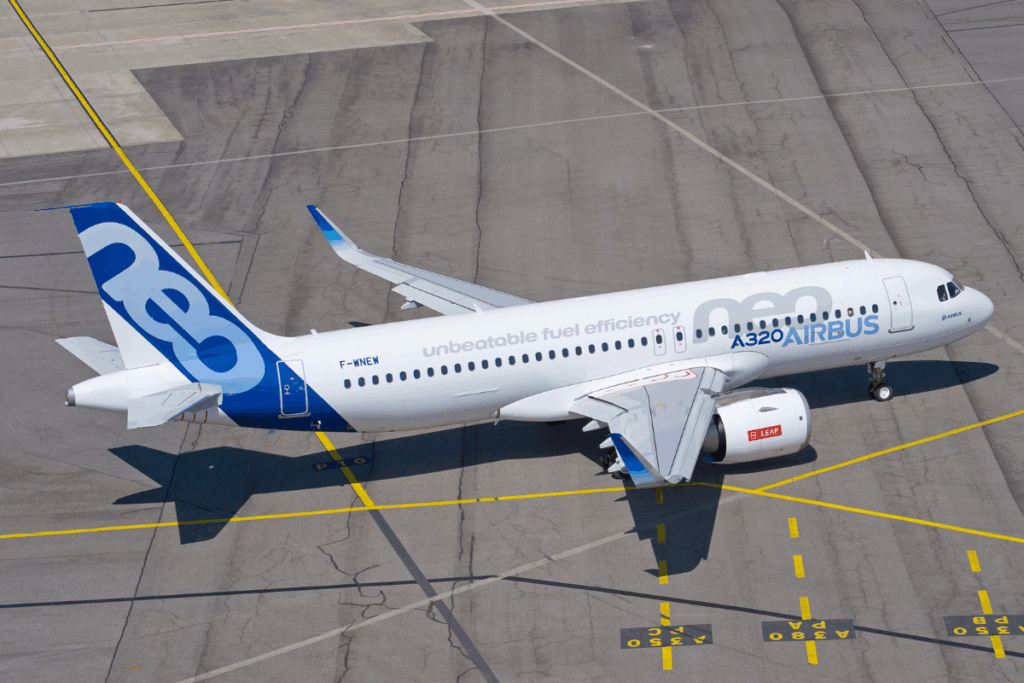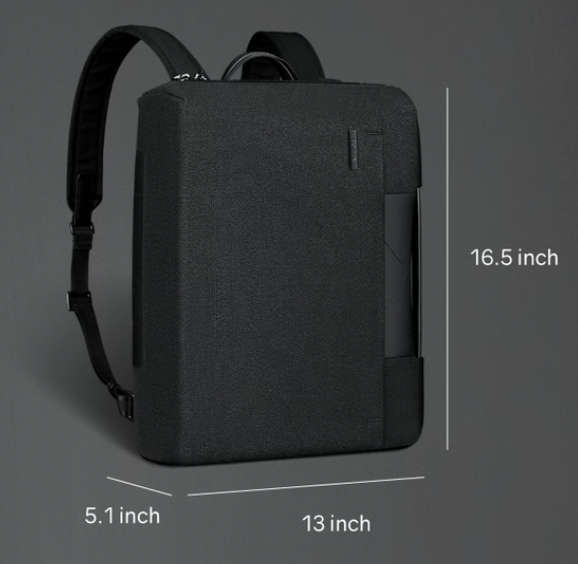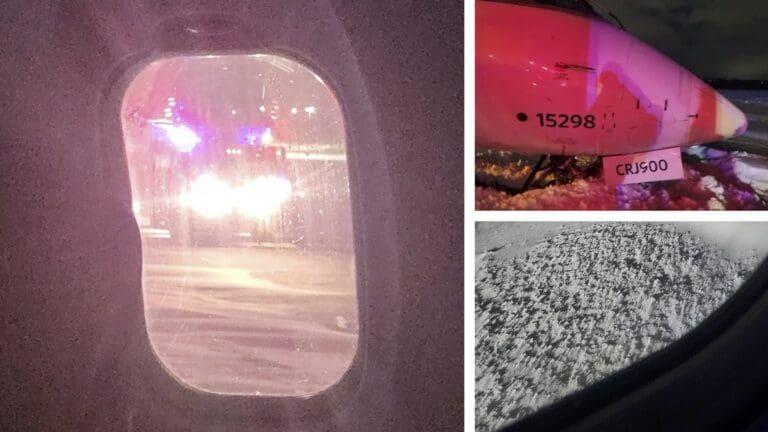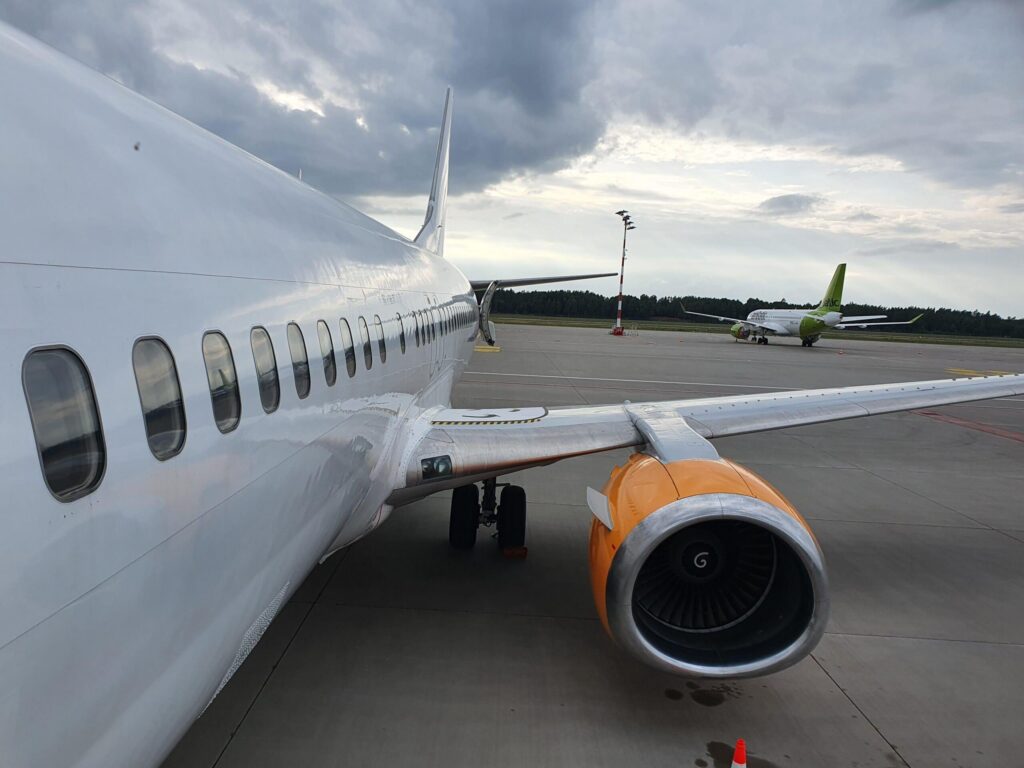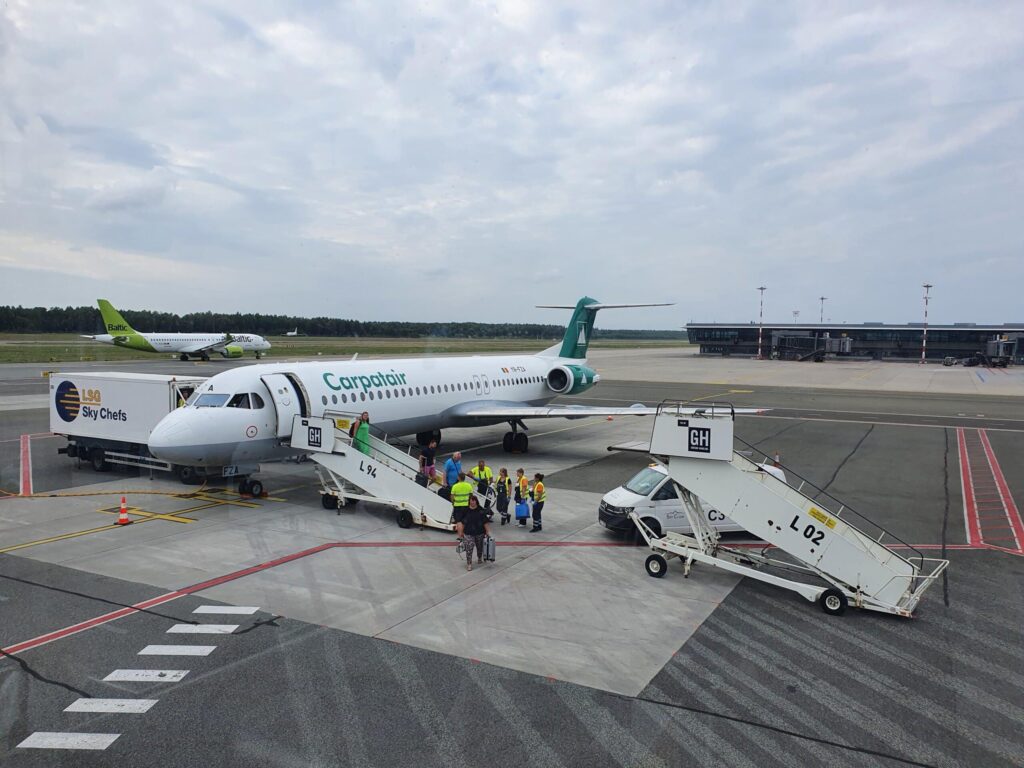
Tren Maya: A New Rail Option for Mexico-Bound Flyers
I’ve pored over countless accounts detailing the excitement and challenges of exploring Mexico’s Yucatán Peninsula by rail, and Tren Maya continues to fascinate me as one of the most ambitious travel projects of the decade. Official sources project the system will span close to 1,000 miles, uniting famed resorts like Cancún and Playa del Carmen with Mayan archaeological treasures such as Chichén Itzá. While costs have inched past $28–$30 billion, the promise of a scenic, modern rail link through five Mexican states is hard to ignore.
An Ambitious Project with Expanding Coverage
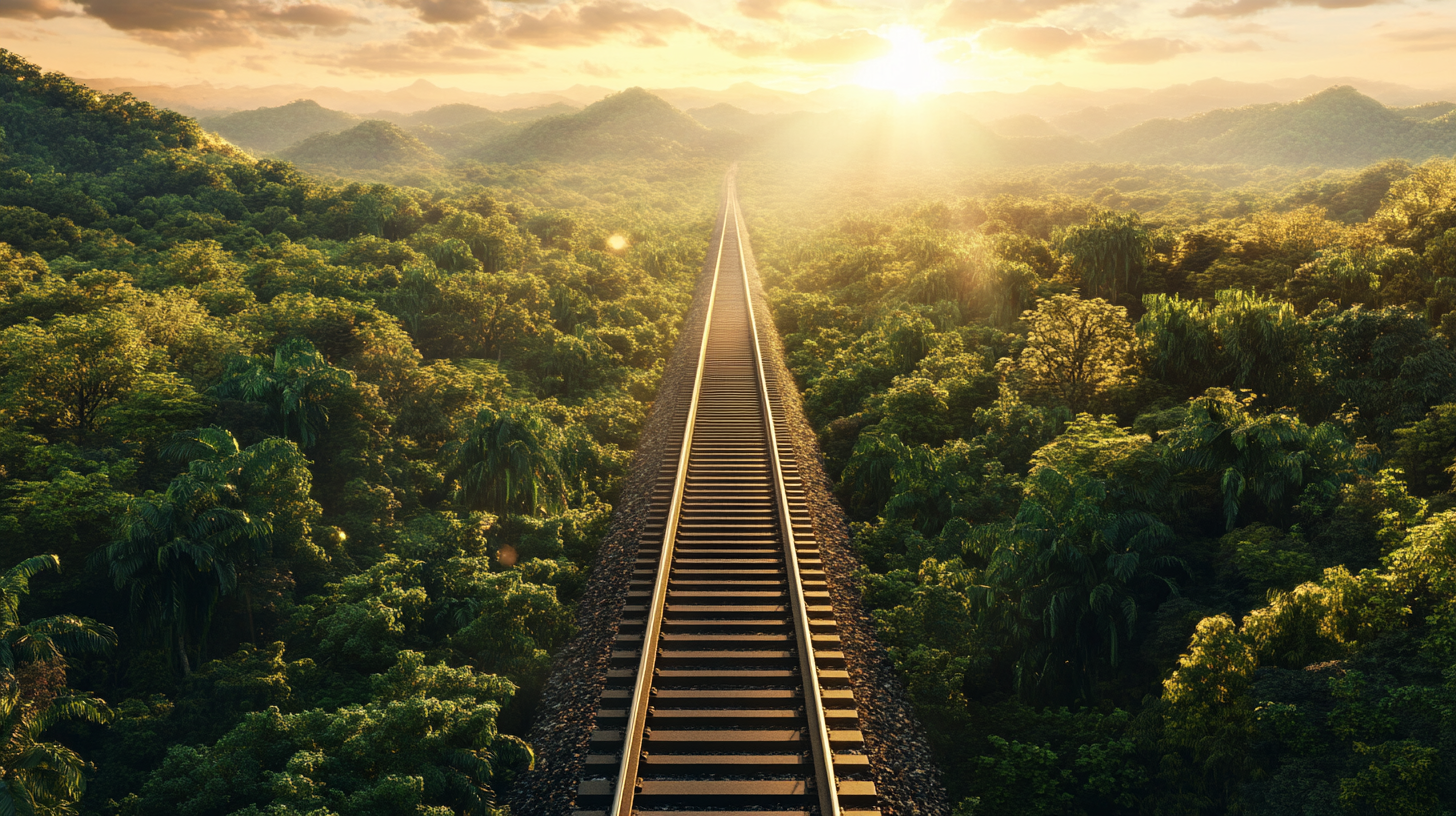
I’ve observed a growing appetite among frequent travelers for competent rail services that blend efficiency and cultural immersion. Currently, Tren Maya runs several times daily with around 24 operational stations, aiming for up to 34 down the line. According to government statements from late 2024, the projected passenger number could reach up to 10 million annually by 2026, showcasing the sheer scale of this undertaking.
In practice, the route is still rolling out in stages, with some stations partially built or awaiting final amenities. Early adopters have reported fairly smooth rides, although I’m seeing reports of slow boarding processes, tricky online bookings, and inconsistent Wi-Fi. I also keep hearing from local communities who remain hopeful that easier access will bring a boost to regional economies, given the tourism sector’s significance in this part of Mexico.
For those of us following sustainable travel trends, it’s important to note that the train is designed to run partially on electric power. A recent sustainable travel study from 2023 revealed that nearly 80% of global travelers are shifting toward eco-friendly transport. Tren Maya’s push for low-emission solutions, despite ongoing controversies, could help shape how future rail projects balance expansion with environmental stewardship.
Two Types of Reviews to Explore

Seasoned travelers often crave reliable, user-generated feedback before embarking on any new transportation option, and Tren Maya is no different. In my experience, sorting through reviews by “Most Recent” is immensely helpful for capturing the latest chatter—from fresh updates on station amenities to the current ticketing process. My tip: Whenever I dig through recent feedback, I pay close attention to any mention of newly installed signage, station expansions, or improvements in speed.
Meanwhile, the “Detailed Reviews” feature appeals to those who want a fuller picture from travelers who share specifics like wait times, queue lengths, and local tips. According to industry data I’ve studied, deeper reviews often contain hidden insights—like whether limited shuttle connections could derail your day trip if you’re tight on schedule. If you’re a frequent flyer with limited time in Mexico, in-depth feedback can help you plan transfers and ensure a seamless jump between the airport and the rail station.
Ticketing, Facilities, and Onboard Experience

One of the standout aspects I’ve noticed is Tren Maya’s ticket pricing structure: non-nationals typically pay between MX$1,318 and MX$2,091, while locals receive discounted fares. If you’re exploring the region for a few days, this can add up quickly, so budgeting for rail travel remains essential. Although online booking systems have improved compared to earlier test phases, travelers continue to report glitches—especially with international credit cards. I’d suggest setting aside extra time or exploring alternative payment options when possible.
As for the onboard experience, I’ve read stories of comfortable seats and partially electric routes that reduce engine noise, offering a more peaceful journey. Amenities like premium seating and, eventually, sleeper cars are on the horizon, which might be a game-changer for night travel. I’m also delighted to see that some seats offer panoramic windows—perfect for glancing over the peninsula’s breathtaking landscapes and centuries-old Mayan heritage sites. If you’re keen on capturing that picture-perfect sunrise, I’d recommend aiming for an early departure.
Meeting basic expectations around facilities, however, is still a work in progress. Some stations in remote sections don’t yet have robust shuttle or taxi links. I’ve heard tales of travelers waiting hours for connections, so planning ahead becomes a top priority. A helpful strategy could be to inquire with your hotel or local tourism offices about the latest station transport updates.
Challenges and Future Outlook
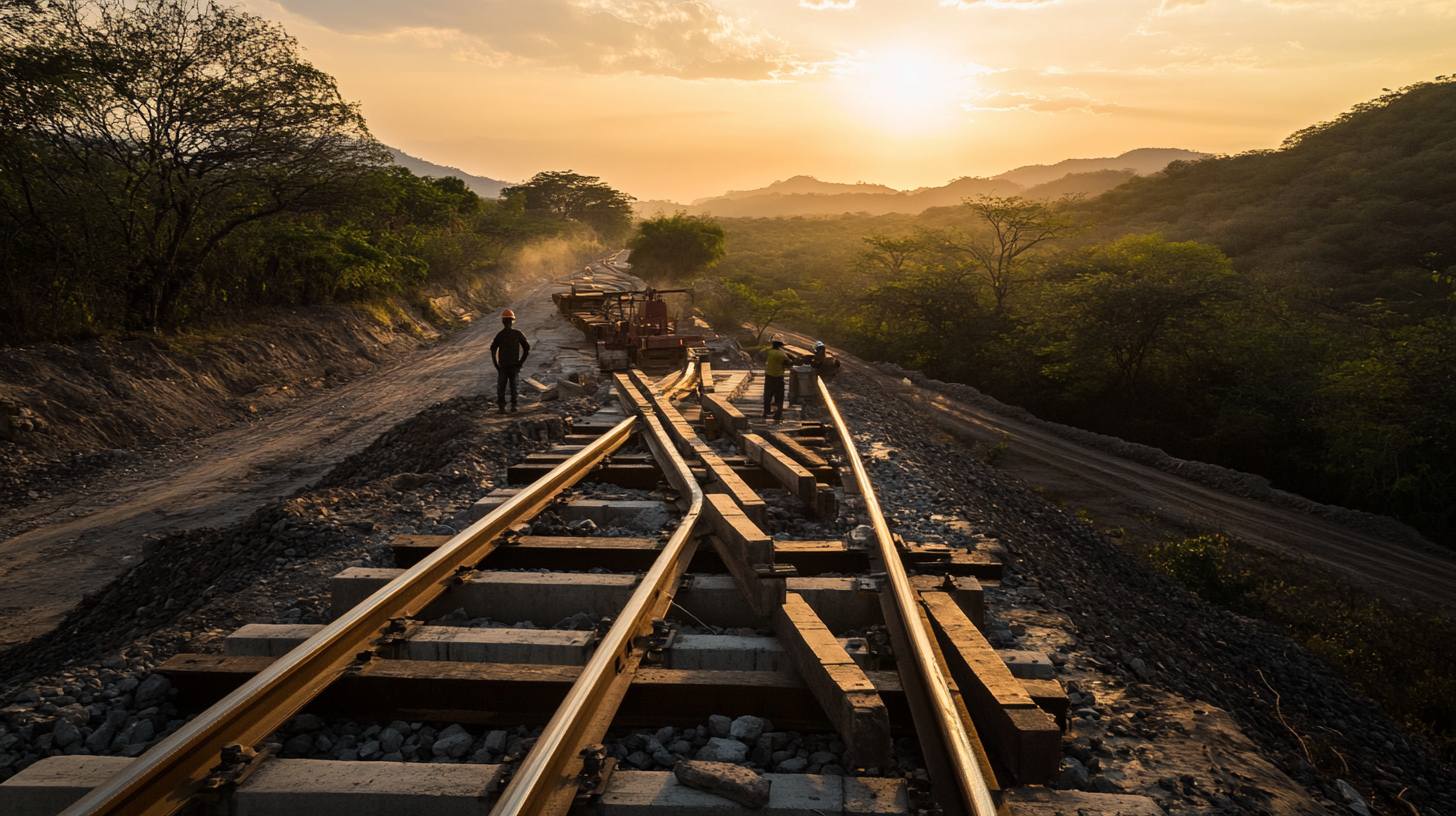
No massive project is immune to setbacks, and Tren Maya is certainly no exception. Citizens’ groups and environmental critics have voiced real worries about ecological disruption and displacement of local communities. Construction delays and financial overruns, while hardly unique to large infrastructure endeavors, have also fueled public debate. In my view, it’s crucial that travelers remain informed about these complexities, ensuring their journeys respect local cultures and landscapes.
Despite these hurdles, I’ve seen the Mexican government reinforce its commitment to building out Tren Maya, maintaining political momentum that suggests expansions and service improvements are still on the horizon. According to regional development data, additional station facilities, enhanced ticketing systems, and better onboard Wi-Fi may roll out steadily into 2025 and beyond.
From an economic viewpoint, the train is slated to play a major role in boosting tourism and local trade across the Yucatán region. Small businesses near the proposed or operational stations could benefit from foot traffic, leading to job creation and community-led sustainability initiatives. As the route matures, I expect to see new partnerships with tour operators, cultural organizations, and eco-minded nonprofits aiming to preserve Mayan heritage while greeting modern travelers.
Final Thoughts
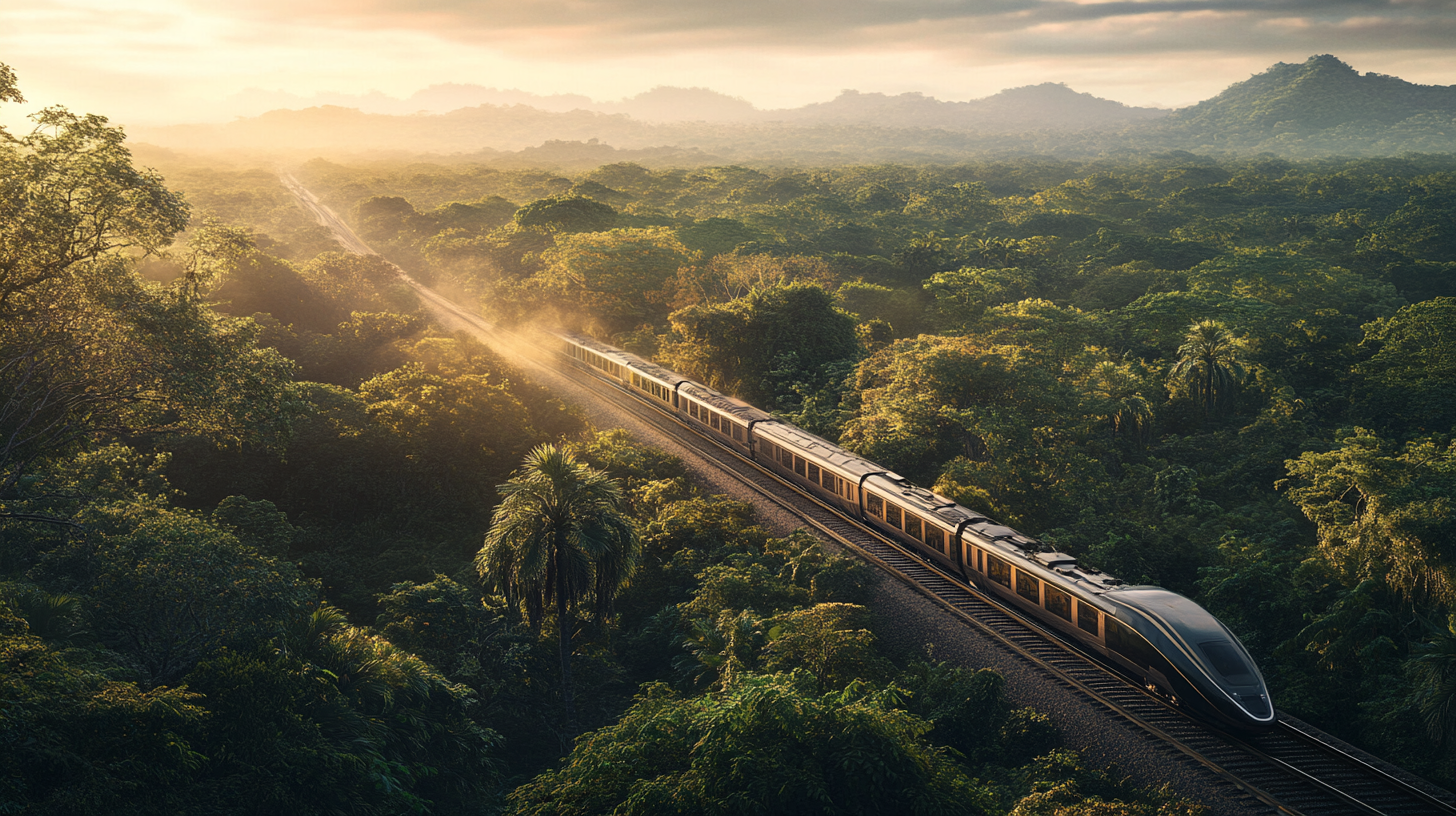
Having reviewed countless articles, government releases, and first-person traveler experiences, I believe Tren Maya marks a significant milestone in Latin American rail travel. By linking iconic tourist hubs with historic Mayan ruins, the project promises not only convenience but also a deeper engagement with local culture and the environment. Yes, the controversies and hurdles are real, and I think transparency is vital in addressing them head-on.
Ultimately, if progress continues thoughtfully, this mega-infrastructure could transform how visitors and locals move around the region. Whether it’s the scenic, partially electric trains or the expanded station amenities, Tren Maya offers a glimpse of how modern rail tourism might thrive in a rapidly shifting travel landscape. It’s a hopeful experiment, one that will likely evolve as more voices and experiences shape its future course.
Sky Skylar’s Take
When I reflect on Tren Maya, I recognize how it merges high-tech aspirations with the rich history of the Yucatán Peninsula. Even from afar, I can sense the enchantment of rolling past ancient ruins on a state-of-the-art railway, and I’m impressed by how Mexico is embracing rail as an alternative to road or air.
Of course, it’s early days. From social media posts to official sneak peeks, I’ve seen the gaps in station readiness and tech integration. Still, I’m heartened by the spirit of collaboration—locals, environmental advocates, and tourists all chipping in to shape the route. If done right, Tren Maya could become a gold standard in thoughtful travel infrastructure.
Follow us back to BoardingArea, your ally in staying informed on the latest travel news and insights.

